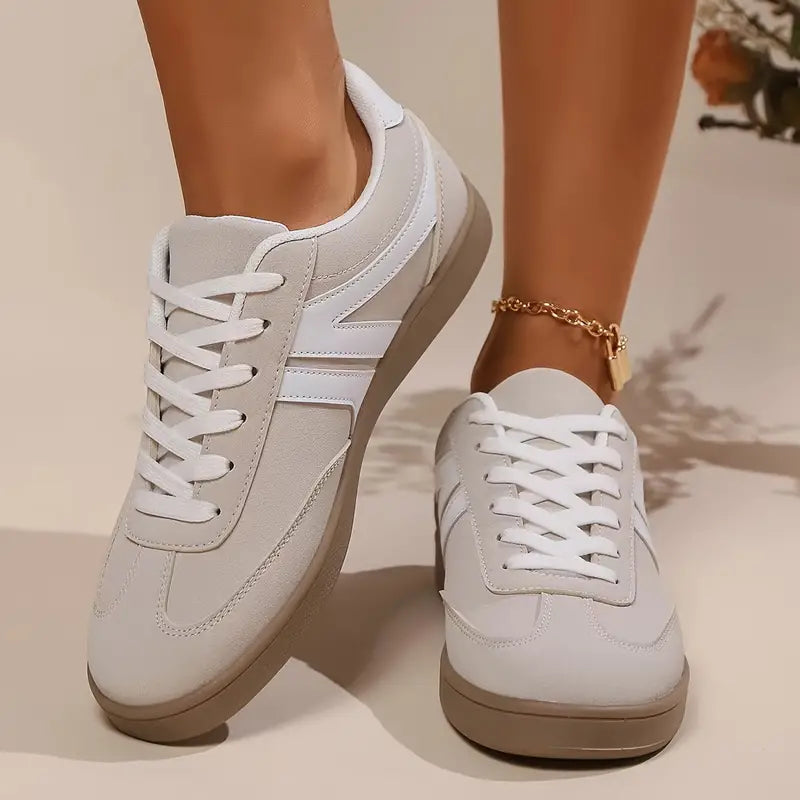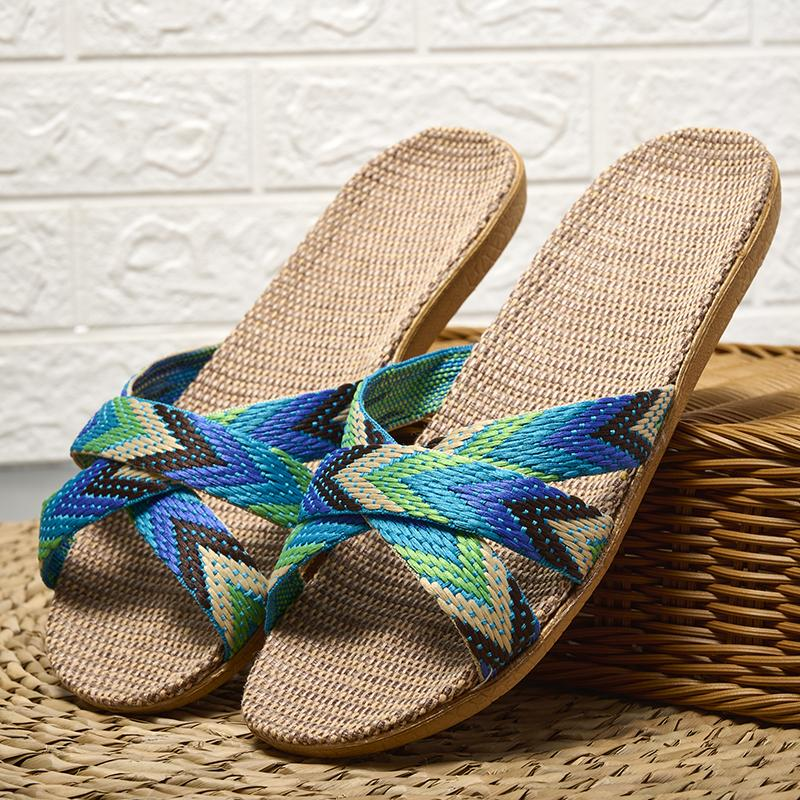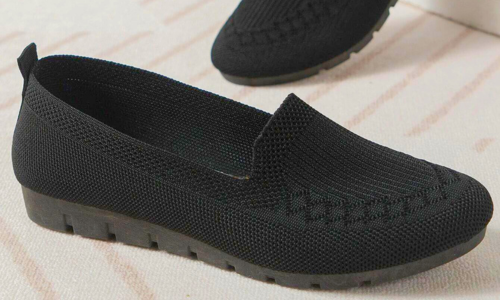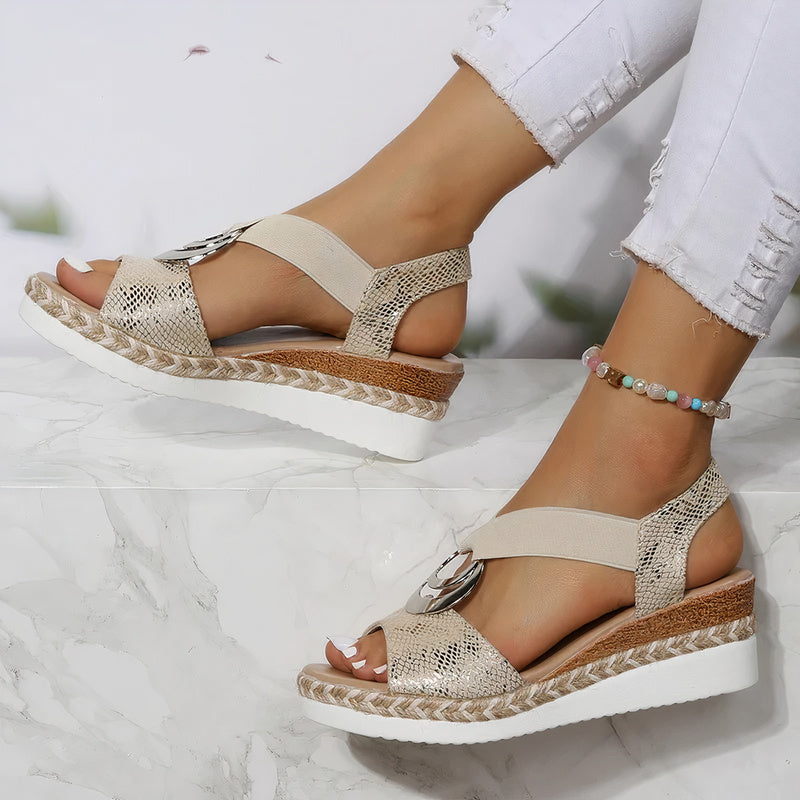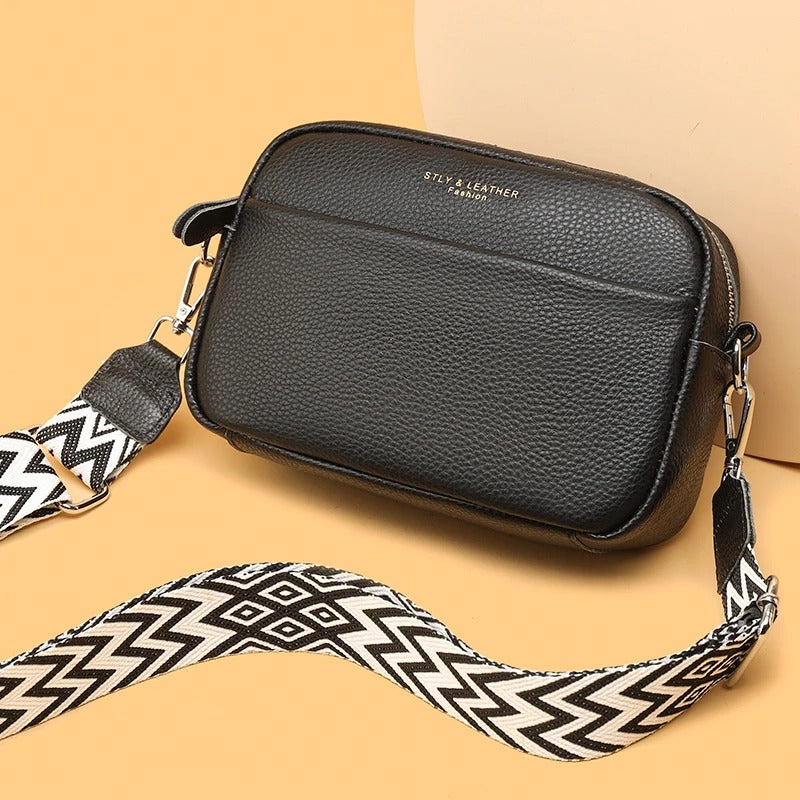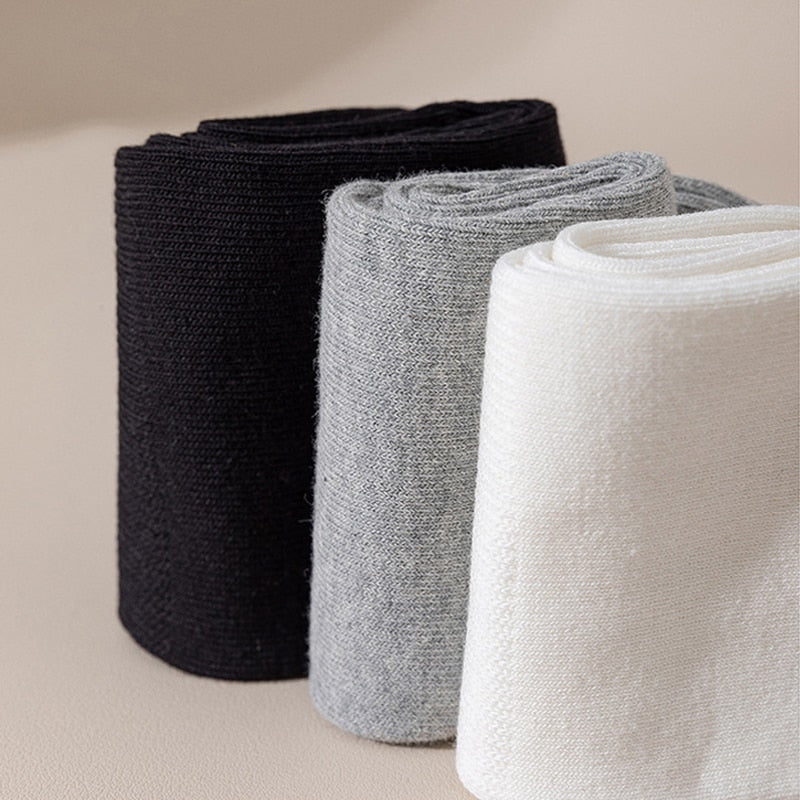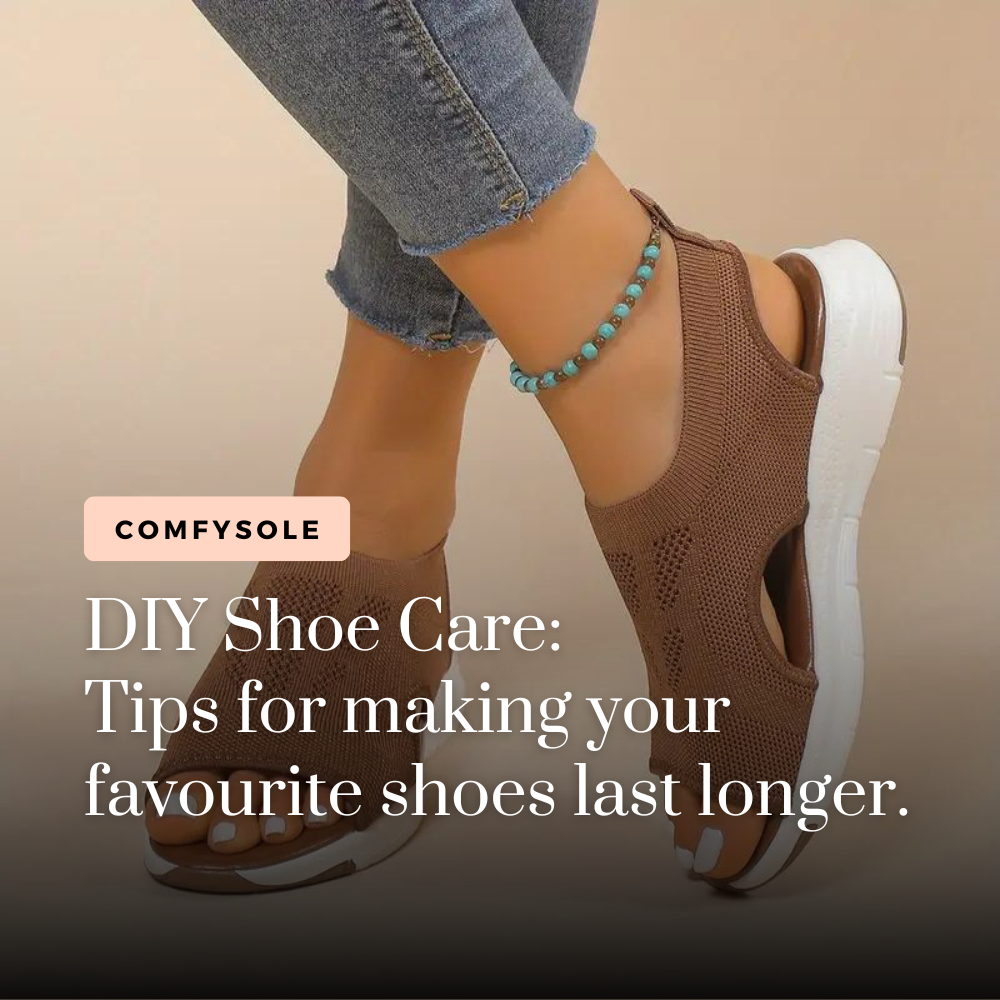Finding The Perfect Fit: A Guide To Choosing The Right Insoles For You
When it comes to comfortable and supportive footwear, insoles play a crucial role. Whether you're seeking better daily performance or someone looking for relief from foot pain and plantar fasciitis, choosing the correct insoles can make a world of difference. In this blog post, we'll explore the key factors to consider when selecting insoles and provide valuable tips to help you find the perfect fit.
1. Understand Your Foot Type
Every foot is unique, and understanding your foot type is essential for selecting the right insoles. The three main foot types are:
a. High arches: If you have high arches, look for insoles with extra cushioning and arch support to distribute pressure evenly.
b. Flat feet: Individuals with flat feet should opt for insoles with strong arch support to help maintain proper foot alignment and reduce overpronation.
c. Neutral arches: If you have neutral arches, you'll benefit from insoles with moderate arch support and cushioning to provide balance and support.

2. Identify Your Needs
Consider your specific needs and foot conditions when choosing insoles. Some common concerns include:
a. Plantar fasciitis: Look for insoles with deep heel cups and good arch support to alleviate heel pain and provide stability.
b. Metatarsalgia: Opt for insoles with metatarsal pads or cushions to relieve pressure and distribute weight evenly across the ball of the foot.
c. Overpronation/Supination: If you have issues with overpronation (foot rolling inward) or supination (foot rolling outward), choose insoles with corrective features such as motion control or stability.
3. Consider Quality & Materials
Invest in high-quality insoles made from durable and breathable materials. Look for insoles that offer good shock absorption, moisture-wicking properties, and odour control. Popular materials include foam, gel, and EVA (ethylene-vinyl acetate).
4. Size Matters
Choosing the right size is crucial for optimal comfort and support. Insoles are typically available in various sizes and can be trimmed to fit your specific shoe size. Follow the manufacturer's sizing guide and trim the insoles carefully to ensure a perfect fit.
5. Consider Your Footwear
Different types of footwear require different types of insoles. Consider the shoes you'll be using the insoles in. For running shoes, prioritise shock absorption and stability. For dress shoes or heels, choose thin and discreet insoles that provide cushioning without altering the fit. Our Women's Support Shoes are a great option for those looking for comfort and durability. You can learn more about our shoe here.
6. Test & Adjust
Once you've found a pair of insoles that meet your requirements, give them a thorough test run. Wear them for a few days and pay attention to any discomfort or improvements. If necessary, make minor adjustments by trimming the insoles further to ensure a customised fit.
7. Consult A Professional
If you're unsure about which insoles are best for your feet, it's always a good idea to consult a podiatrist or a shoe specialist. They can evaluate your foot structure, analyse your gait, and provide valuable recommendations tailored to your needs.
Conclusion
Choosing the right insoles can significantly enhance your comfort, alleviate foot pain, and improve your overall well-being. By understanding your foot type, considering your specific needs, and paying attention to quality and fit, you can find the perfect insoles for your feet. Remember, investing in high-quality insoles is an investment in your foot health, so don't hesitate to seek professional advice if needed. At ComfySole, we're here to assist you in finding the perfect shoes that will keep you stepping with confidence and comfort.
